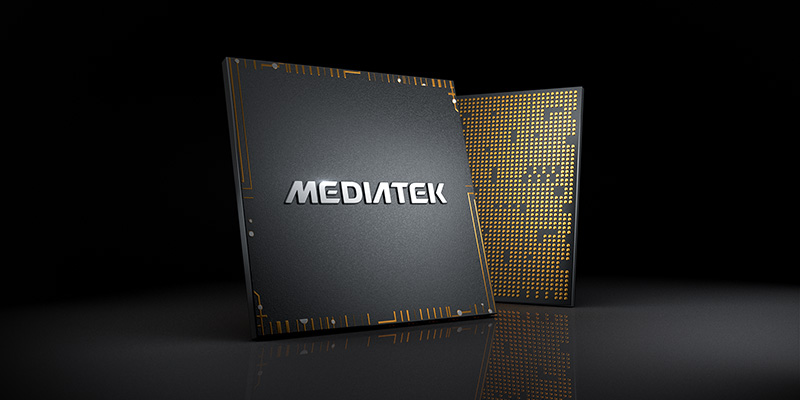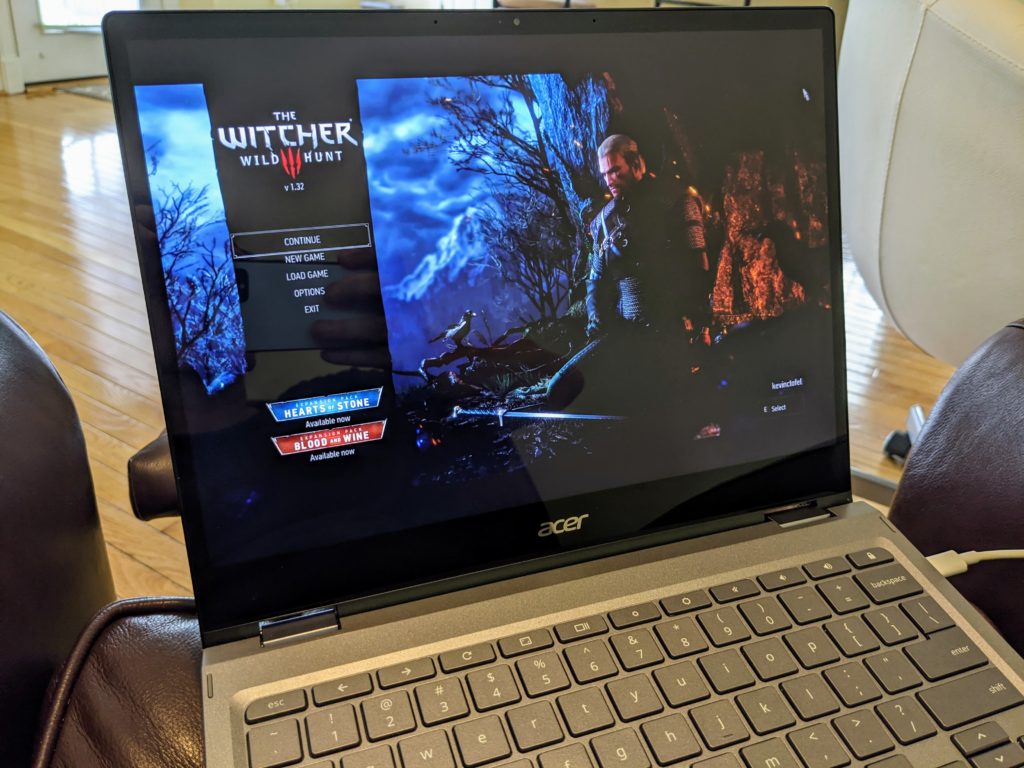On Monday at its annual GPU Technology Conference, Nvidia shared details of its upcoming efforts in the graphics space. That was expected. What wasn’t, however, is the following quote from Nvidia’s press event news release, suggesting it’s likely we’ll see Nvidia and MediaTek chips in Chromebooks.
In PCs, NVIDIA is working with MediaTek, the world’s largest supplier of smartphone chips, to create a new class of notebooks powered by an Arm-based CPU alongside an NVIDIA RTX GPU. The notebooks will use Arm cores and NVIDIA graphics to give consumers energy-efficient portables with no-compromise media capabilities based on a reference platform that supports Chromium, Linux and NVIDIA SDKs.
To be clear, it doesn’t sound like an Nvidia CPU is in the works here. I only mention that because the company has designed ARM-based CPUs in the past for phones, tablets and its Nvidia Shield line of products.
You might recall the Tegra-line of chips I’m referencing here but I wouldn’t be surprised if you didn’t. Relatively few consumer devices were built on the Tegra processors.
The other obvious bit here is that if Nvidia was going to make its own CPU again, it wouldn’t really have to partner with MediaTek.
Neither company produces their respective chips; they’re both considered “fabless” silicon companies. In contrast, Intel, Samsung, and TSMC do have chip fabrication plants. So don’t think that Nvidia is having MediaTek produce the chips; it can’t. I could see MediaTek assist in the CPU design if Nvidia wants the help.

The more interesting things here to me are the mention of the notebooks having “an Nvidia RTX GPU” and a reference design built to run Chromium or Linux. Those platforms certainly allude to these chips in Chromebooks, but it isn’t limited to them.
I’m all for ARM-based processors in Chromebooks, particularly if they can be optimized for the software platform. And as much as I like the idea of Nvidia RTX GPUs (I have an RTX 3080 in my custom gaming rig), I’m not sure that Chromebooks need what such a GPU would offer. Remember that adding discrete graphics to any device is going to raise the selling price.
Yes, there has been talk of native gaming on Chromebooks with Steam integration.
In that case, the RTX GPU would surely benefit the Chromebook. But out of the millions of Chromebook users, how many are Steam gamers now? And of those, how many would rather keep using their PC for Steam gaming? I don’t think it’s a big number in the overall Chromebook market.

As it is now, I play my Steam games on Nvidia’s GeForce Now streaming service with my Chromebook. Of course, that requires a solid broadband connection, which wouldn’t be required for local Chromebook gaming.
Don’t get me wrong: I’m all for more power, performance, and overall hardware improvements. But I’m leery that Nvidia GPUs in Chromebooks will have a large effect on the market overall. I guess we’ll see over time!


4 Comments
I know that this is a grossly inaccurate perception, but I always think of ARM processors as alternatives to Celeron processors: fanless, tablet-type, and/or EDU-type. I don’t ?yet? think of them as interchangeable with Intel Core processors. What challenges my perception, though, are the concepts of a standalone GPU and running Linux. That’s because I associate those concepts with Intel Core i5/i7 and CPU/GPU-intensive tasks like application development and serious gaming. Something’s not adding up. Just have to wait and see what this means when it “hits the fan.”
In the past I would have agreed with you, but it feels like Apple has exploded that notion in the last few months. I would think there’s a huge opportunity for someone to produce chips that can go toe-to-toe with the M1, but it’s probably a lot easier for me to say that than for it to actually happen.
I felt much the same until I used the M1 MacBook Air. The speed that it runs a desktop operating system is well beyond my expectations. Not saying that we’ll see the same for Chromebooks but the potential is definitely there.
First off, Samsung will use AMD GPUs in their mobile CPUs going forward, starting with a Windows 10 on ARM laptop that they will announce on 4/28. Samsung and MediaTek compete in Asia for the midrange and under smartphone and tablet segment. The AMD GPU was going to be their leg up in that race, but MediaTek is striking back.
Second, GPUs are used for a lot more than gaming. There is content creation for one thing. DaVinci Resolve, Blender, GIMP, Kdenlive, Krita, OpenShot etc. A lot of people are waiting on Tiger Bay Intel Core i5 and i7 Chromebooks and Chromeboxes with Iris Xe graphics that perform similar to the Nvidia GeForce MX350 precisely for that reason. The HP x360 with Intel Core i5 will be available in a couple of weeks and the good folks at ChromeUnboxed are going to throw DaVinci Resolve at it as soon as they get it unwrapped and plugged in (yes, they’ll install Steam too). But in addition to content creation – and gaming – there is programming, especially machine learning, AI and data science. Folks are already buying M1 Macs – with their excellent integrated GPUs – for that purpose, and an ARM Chromebook that costs $600 or Chromebox that costs $500 (as opposed to $1000 and $700 for M1 Mac and Mac Mini) would be a compelling alternative. A better option than a Windows-on-ARM device because of the dearth of ARM apps for Windows and the poor performance of their ARM translation (slow for x86, doesn’t work at all for x86-64).
Qualcomm claims that their 8CX Gen 3 – which has 8 Cortex-A78C cores – has a multicore score that exceeds the (quad core) 11th gen Intel Core i5. However their Adreno GPUs wouldn’t be cut out for productivity tasks. But were MediaTek to take that same 8 Cortex-A78C design for whatever follows their MT8195 (which will only have 4 Cortex-A78 cores), add an Nvidia GPU to it and then create an Ubuntu or ChromeOS laptop or desktop with it (note: going Chromium OS would mean not needing to wait 2 years for Google to approve the board, right? Basically what CloudReady did, right? You can run the Crouton script on CloudReady to get Debian by the way!) then you would have a pretty good device for content creation, programming, anything that doesn’t require superior single core performance.